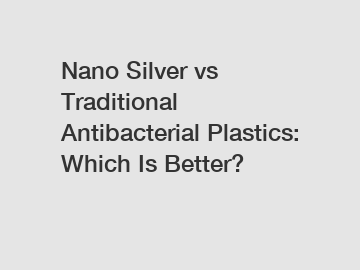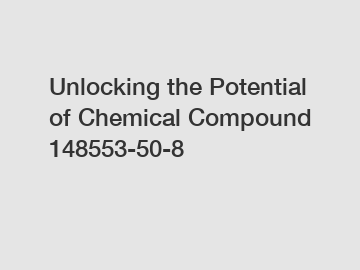Understanding PVA and Its Environmental Impact
Polyvinyl alcohol (PVA) is a synthetic polymer widely used in various industries for its versatile properties. While PVA offers numerous benefits in terms of functionality and performance, its production and disposal can have significant environmental implications.
1. Production Process:
The production of PVA involves the polymerization of vinyl acetate monomers, followed by hydrolysis to convert them into vinyl alcohol units. This process typically requires the use of various chemicals, including catalysts, solvents, and stabilizers, some of which may be toxic or hazardous to the environment if not managed properly. Additionally, energy-intensive processes are often involved in the synthesis and purification of PVA, leading to greenhouse gas emissions and energy consumption.
2. Environmental Concerns:
Despite its biodegradability under certain conditions, PVA poses environmental challenges, particularly when released into aquatic environments. PVA films and products can persist in water bodies for extended periods, contributing to pollution and disrupting ecosystems. Additionally, the breakdown of PVA may release microplastics into the environment, further exacerbating the problem of plastic pollution in oceans and waterways.
3. Waste Management:
Proper disposal of PVA-containing products is essential to minimize their environmental impact. While PVA is technically biodegradable, the conditions required for its degradation, such as high temperatures and microbial activity, may not be readily available in landfills or marine environments. As a result, PVA waste may persist in the environment for years, contributing to pollution and ecosystem degradation.
4. Sustainable Alternatives:
See also:Why is 185112-61-2 Better?
How to Choose pdbr2: A Guide for Making the Right Decision
Bromazolam Effects vs Other Benzos: What You Need to Know
10 Questions You Should Know about Hpmc Cellulose Oem Service
Ethyl Glycidate vs. Ethyl Maltol: A Sweet Showdown
Buy Hpmc Wall Putty: Vs. Traditional Plastering Methods
4 Tips to Choose What is Bromazolam Used For
To mitigate the environmental impact of PVA, companies and consumers can explore sustainable alternatives and practices. This may include:
Biodegradable Polymers: Investing in the development and use of biodegradable polymers derived from renewable sources can help reduce reliance on PVA and other synthetic plastics. Biopolymers such as polylactic acid (PLA) and polyhydroxyalkanoates (PHA) offer similar functionality to PVA while being more environmentally friendly.
Recycling and Circular Economy: Promoting recycling initiatives and adopting circular economy principles can help minimize the environmental footprint of PVA-containing products. By recovering and reusing PVA materials, companies can reduce waste generation and conserve resources, contributing to a more sustainable future.
Product Design and Innovation: Designing products with end-of-life considerations in mind, such as easy disassembly and recyclability, can enhance the sustainability of PVA-based materials. Innovations in material science and packaging design can also lead to the development of more eco-friendly alternatives to traditional PVA products.
Conclusion:
While PVA offers valuable properties and benefits in various industrial applications, its environmental impact must be carefully considered and addressed. By adopting sustainable practices, investing in alternative materials, and promoting responsible waste management, we can minimize the negative effects of PVA on the environment and work towards a more sustainable future. Collaboration between industry stakeholders, policymakers, and consumers is essential to drive positive change and mitigate the environmental impact of PVA and other synthetic polymers.
Advantages and Disadvantages of Chemical Engineering ...
Redispersible Polymer Powder Market Size, Share, Growth ...
Mei Shen and Jack Compton are employed at the ...
10 Reasons Why Understanding Hpmc Grades is Vital for Your Success
How Does CBD Oil Work?
Key Questions to Ask When Ordering Hot Selling for Cas No 92-39-7: A Comprehensive Guide
Decoding HPMC 5 CPS: What It Means & Why It Matters
- Previous: Why is 185112-61-2 Better?
- Next: None










